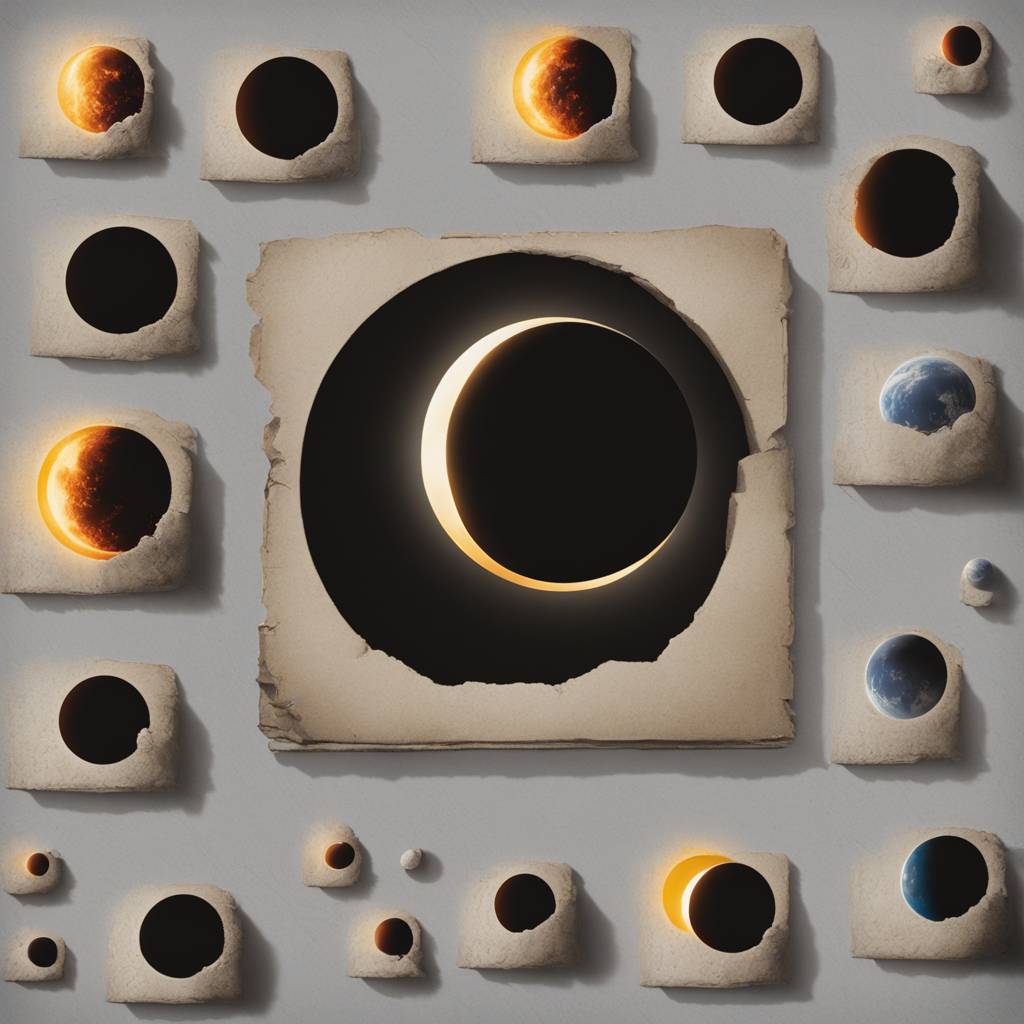The upcoming total solar eclipse, set to occur on April 8, is causing concern as the weather forecast shows pockets of disruptive cloud coverage in the path of totality. This has led to many scrambling to get in position for the best view. Historical data shows the Southern Plains as having the greatest chance for a cloud-free viewing experience, while the Northeast has one of the worst chances. However, high pressure and a largely cloud-free sky could shape up over the Northeast, particularly in New England, providing excellent viewing conditions for the totality.
Despite a cloudy forecast, the eclipse experience will not necessarily be ruined. Even under thick cloud cover, the eclipse will still turn day to night for several minutes in the path of totality. However, if the sun is completely obscured, viewers may miss out on some special eclipse moments. The severe weather risk, especially in the Southern Plains and Mississippi Valley, could bring an increase in cloud cover and obstruct totality views. This risk intersects with a significant portion of the path of totality in the South, potentially affecting eclipse-watchers.
Totality, when the moon entirely blocks the sun, will occur along a more than 100-mile-wide path from Texas to Maine, passing over cities like Dallas, Indianapolis, Cleveland, and Buffalo, New York. Parts of Texas, Oklahoma, Arkansas, and Louisiana are at an increased risk of damaging thunderstorms during the eclipse, particularly in the evening hours. Severe thunderstorms typically develop later in the afternoon in the southern US after peak daytime heat. Eclipse-watchers in the threat area may have the opportunity to catch the phenomenon during its journey through the region.
As millions of people are anticipated to travel for Monday’s eclipse, the potential for post-eclipse traffic is a concern. The development of violent storms could potentially disrupt travel plans for those in regions where severe weather is expected. A recent study found that there was a significant increase in traffic risks during the 2017 total solar eclipse, with an estimated 20 million people traveling to view the event. With the path of totality for this year’s eclipse being wider than the previous one, traffic risks are a major consideration for those planning to travel to view the event.








